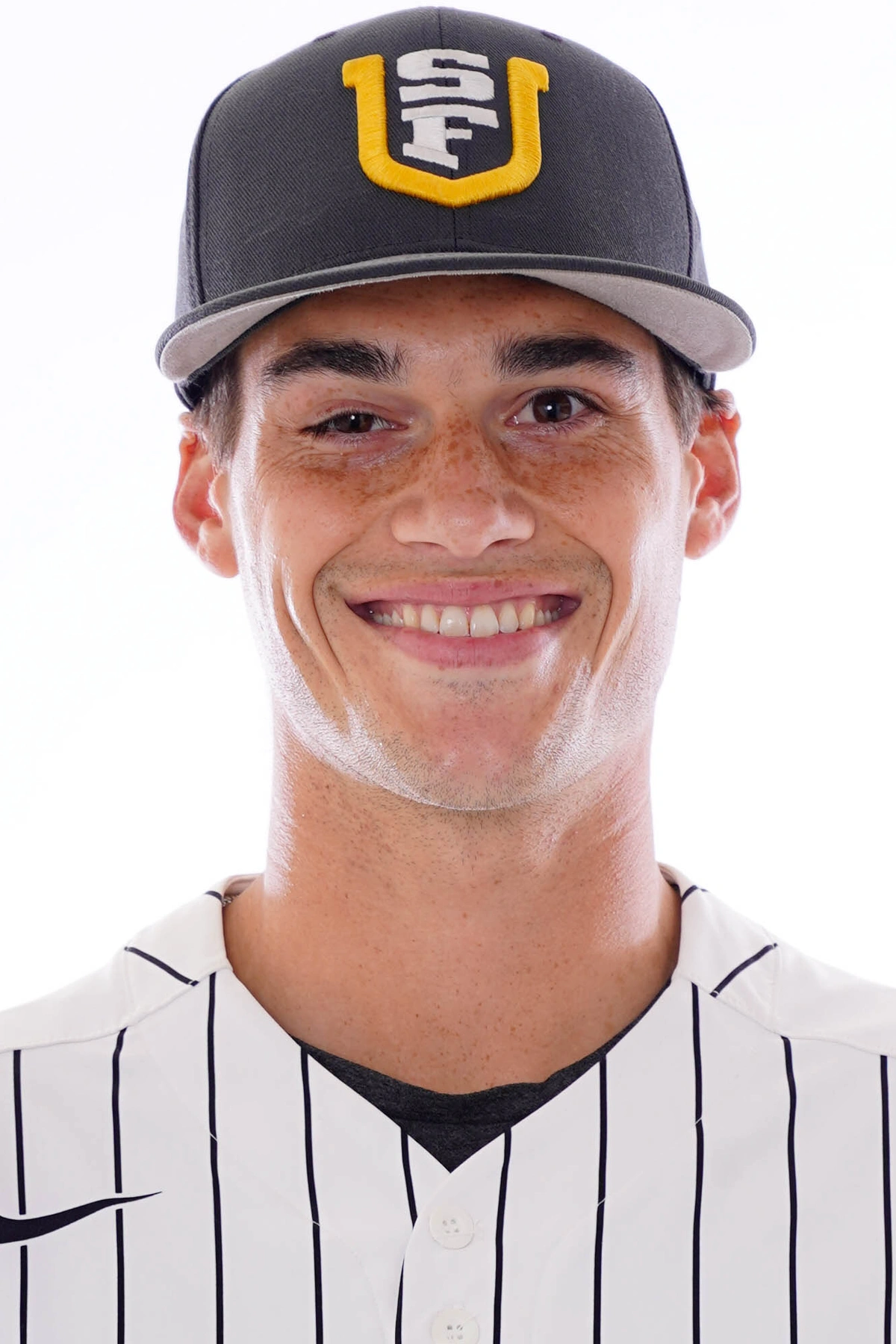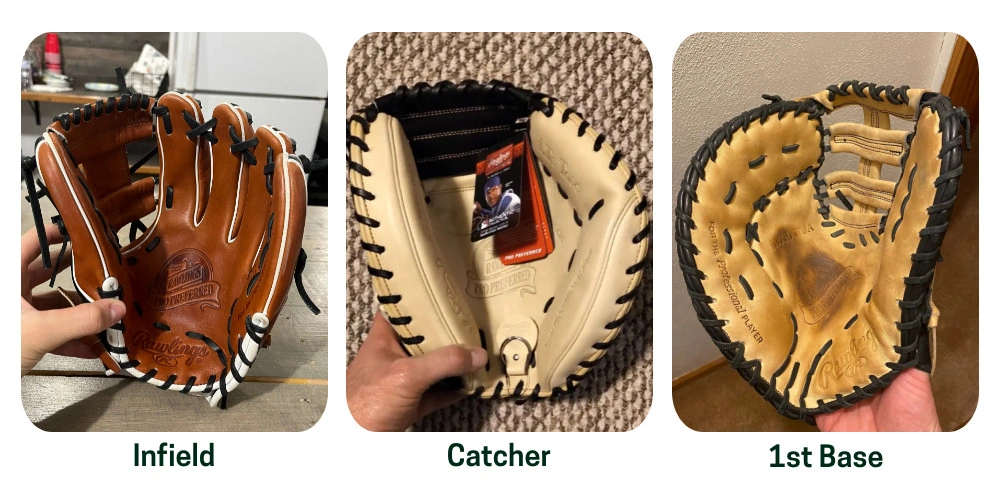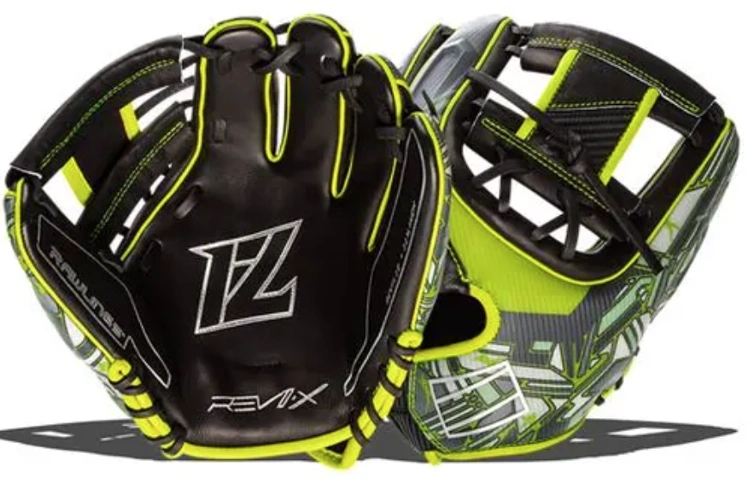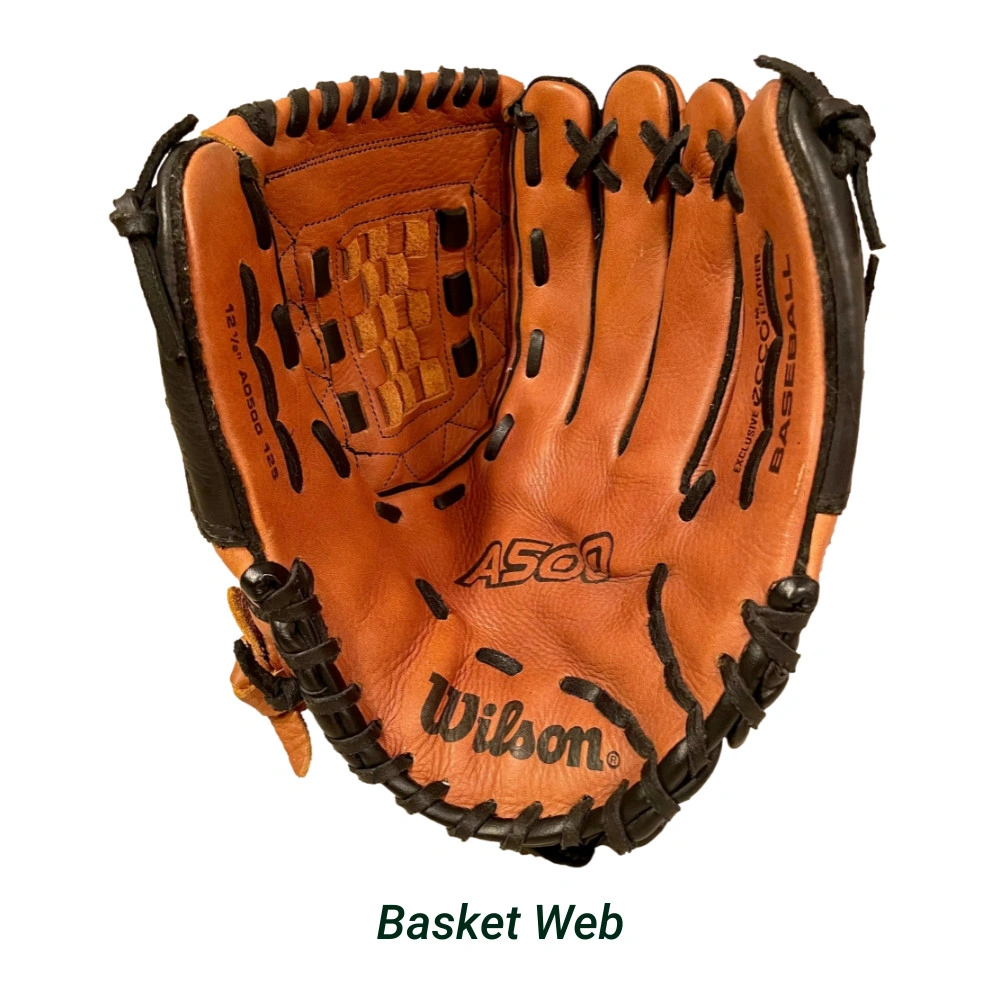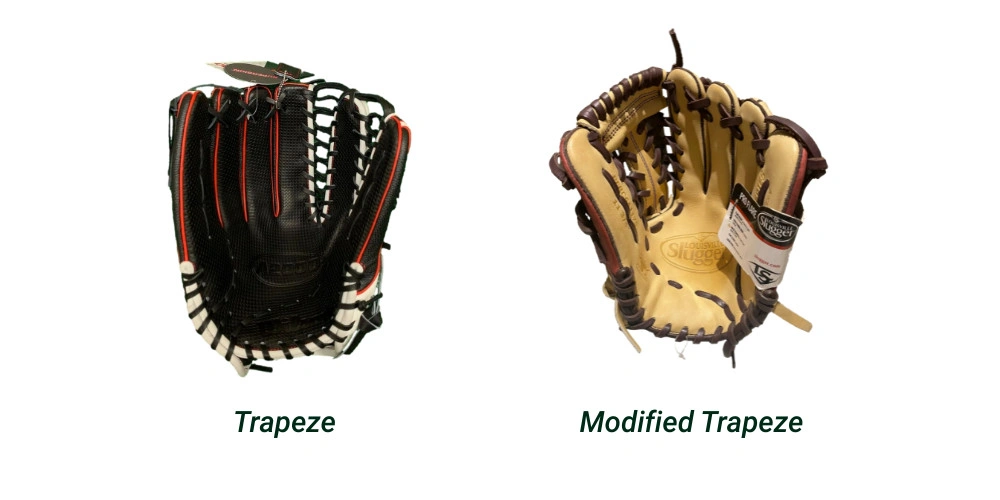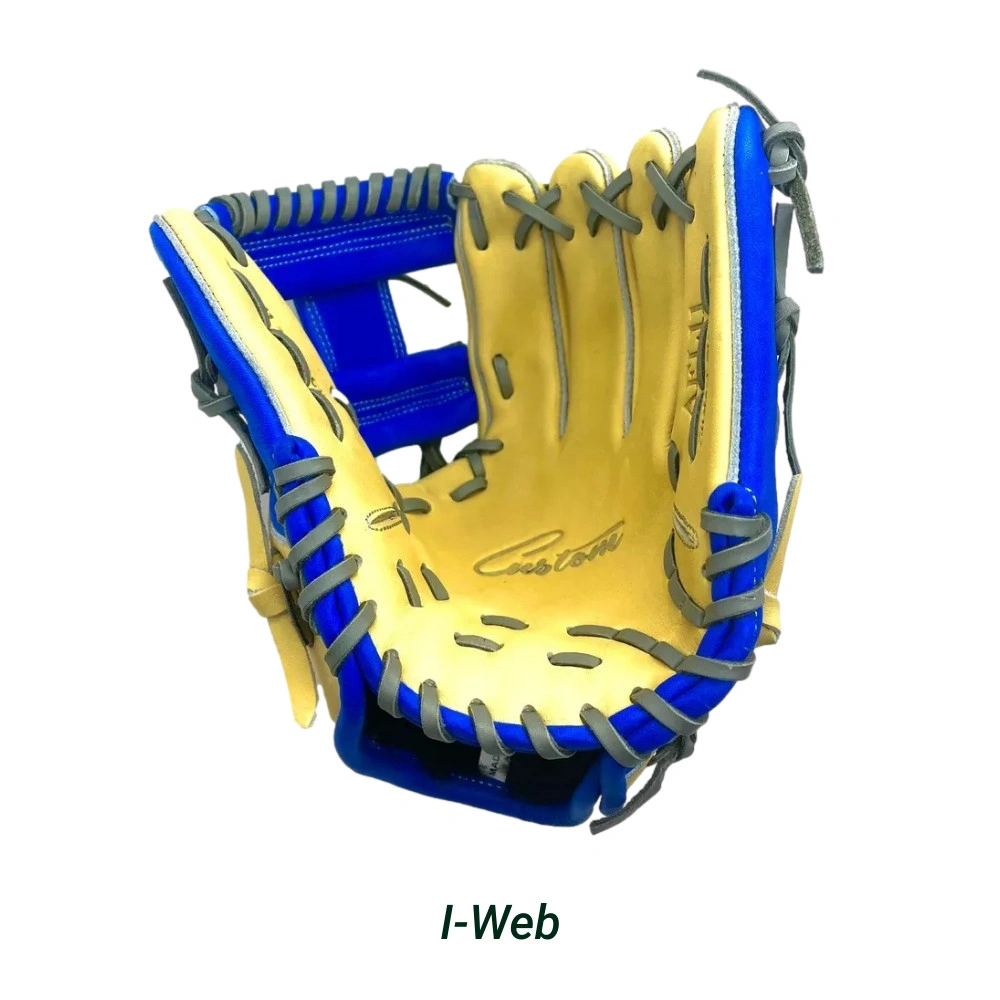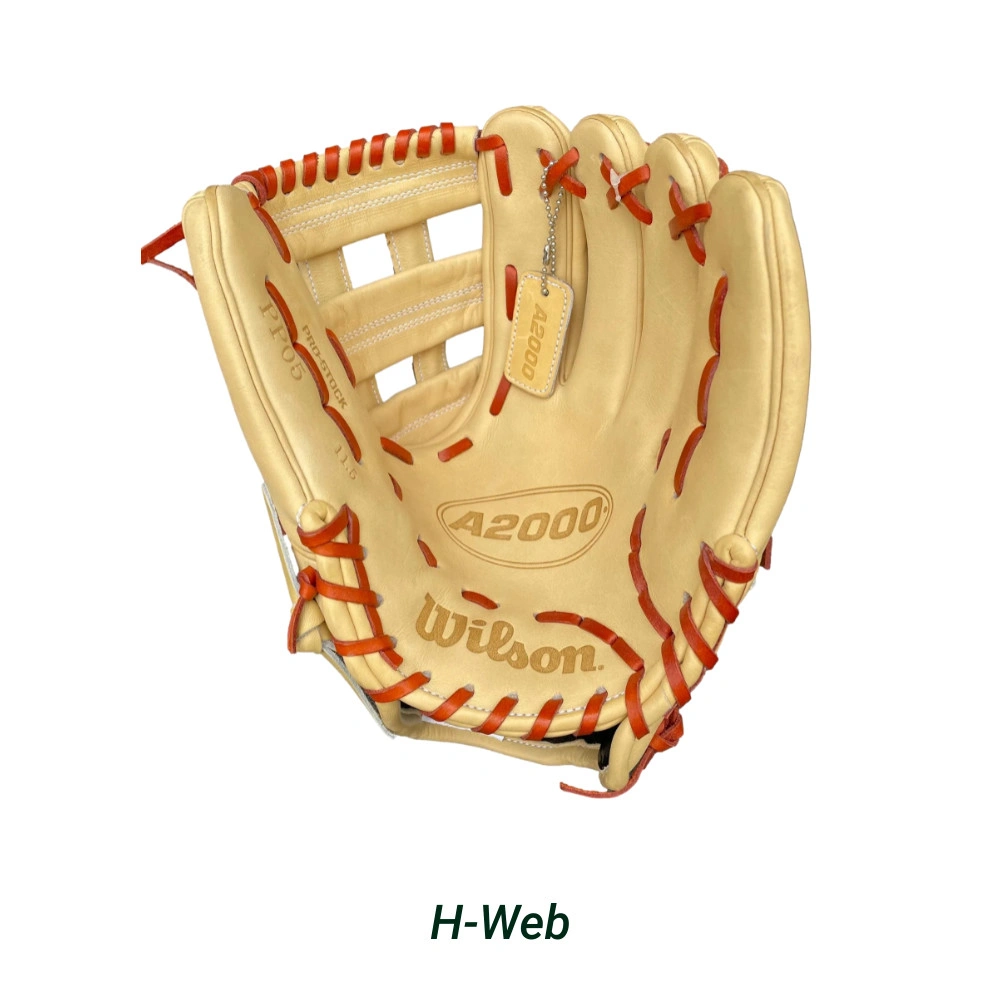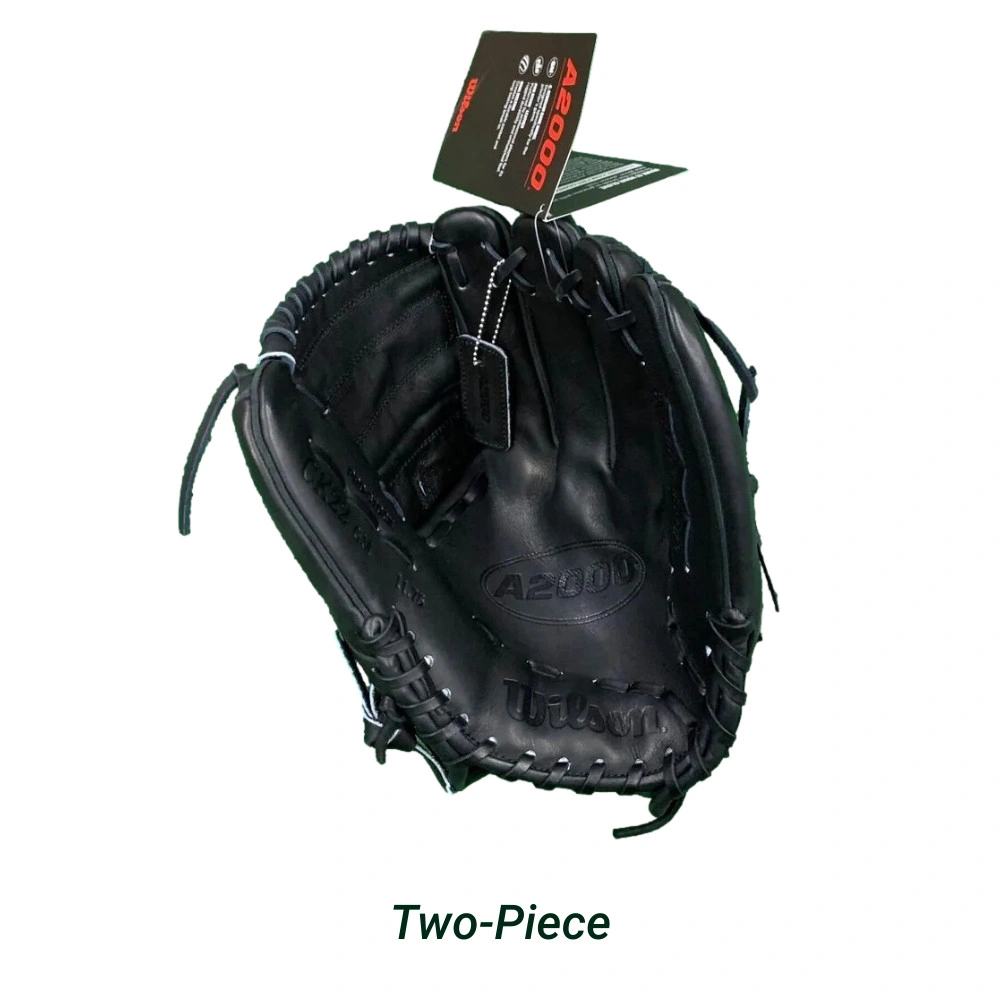Guide to Baseball Glove Types and Styles
Baseball gloves and baseball go hand in hand—literally. All baseball players, regardless of age, size, or skill level must have a glove in order to play. Yet, while deciding to get a glove is easy, the choice of which glove to buy can be overwhelming. There are seemingly endless glove brands, leather types, web patterns, and position-specific options available to prospective buyers. But understanding what these options are will make the glove-buying process informative, exciting, and might even provide an on-field edge to those who do their research. Luckily, we’ve done the research for you, and compiled the most important information into this guide so you can find your perfect glove with ease, stress-free as can be.
Position
The next factor a glove-shopper should consider is the type of leather they want. The current glove market offers three different options: synthetic leather, leather, and premium leather. All three offer something different that might suit your needs.
Rawlings’ New 2023 Synthetic Francisco Lindor Model Glove (photo pulled from SidelineSwap website)]
Leather:
Traditional leather gloves are classic, timeless, and a step-up from synthetic in terms of quality. While they’re a bit more expensive than synthetic, the added durability they provide will cancel out a steeper price-tag (while still being much more cost-effective than premium leather). Also, these gloves are made from a softer type of leather, making them easy to close and break in.
In my opinion, nothing looks better on a baseball player’s hand than a good old fashioned, traditional leather glove. They’ve been preferred for over one hundred years, and, as the saying goes, “if it ain’t broke, don’t fix it.”
Premium Leather:
The third leather option is premium (aka Pro-Series, or Pro-Preferred) leather. These gorgeous—and expensive—gloves are designed for dedicated baseball players, so if you’d prefer to buy premium then make sure you’re committed. And if you are, then don’t let the premium glove’s price-tag scare you away.
These gloves are made from full-grain, high-quality hide, which makes for enhanced durability, increased comfort, and a beautiful look. Yet, it’s important to know that new, premium leather gloves will arrive stiff, and could take months to break in. So if your season starts tomorrow, perhaps consider something softer.
Web Patterns
Basket:
The basket pattern is a favorite for pitchers, because opposing hitters and coaches can’t see inside it to know what pitch they’re throwing. So if you’re a pitcher who doesn’t want to be spied on, this option might be for you.
Trapeze:
The trapeze web pattern is most common in outfielder gloves—but some infielders prefer a trapeze pattern, too. This web is recognizable by its leather strap that runs down the web’s middle, with cross-stitch lacing on each side. This web pattern can easily be confused with the modified trapeze (modified trap) pattern—a personal favorite of mine—which only differs from trapeze in that it includes a leather strap at the web’s top for increased stability. Trapeze and modified trap gloves are a versatile and good-looking web option for any position.
I-Web:
The I-Web pattern is named so because the leather posts that make this web are in the shape of a capital ‘I’. This pattern is a favorite for infielders, because the open web allows dirt to sift through the glove while fielding ground balls. But it’s commonly seen with outfield gloves, as well.
The H-Web pattern is named so because—you guessed it—its leather posts appear in an ‘H’ shape. This pattern’s posts offer the same dirt-sifting benefit that the I-Web’s does, but are a bit smaller. This pattern is a favorite for all position players, but most third-basemen that I played with preferred this pattern. Perhaps you will, too.
There are other web patterns as well, but these six (including modified trap) styles are the most common, regardless of which position you play. And while some patterns have minor in-game benefits, most teammates I played with picked their web pattern mostly on looks.
